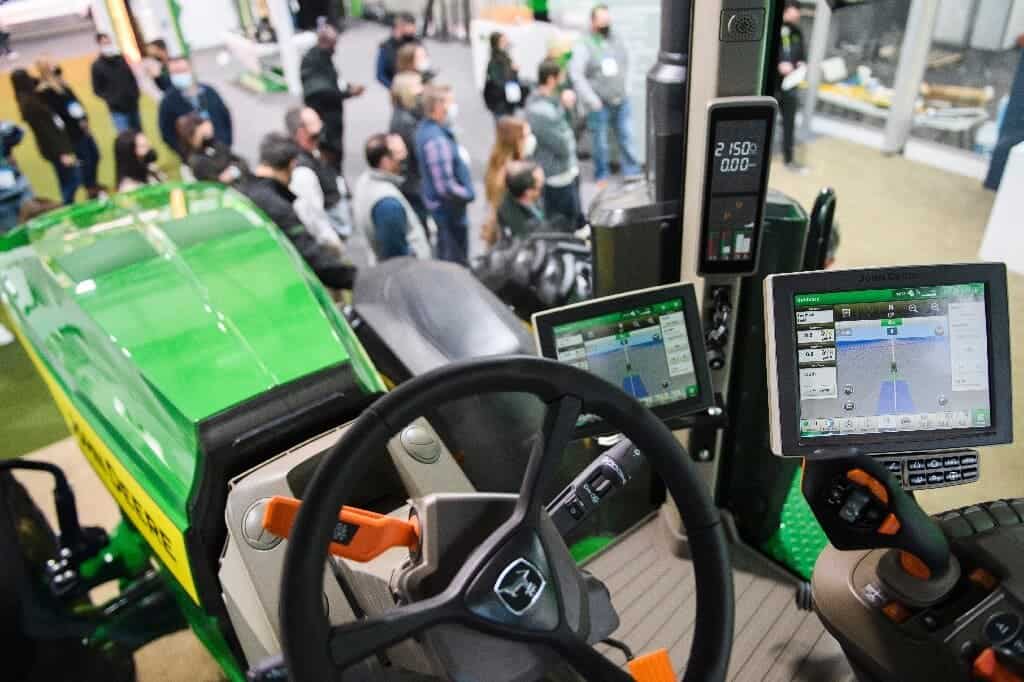American farm equipment manufactured John Deere has teamed up with French agricultural robot start-up Naio to create a driverless tractor that can plow, by itself, and be supervised by farmers through a smartphone.

There are more people alive in the world today than ever before, and not very many of us want to work the land. A shortage of laborers is not the only issue plaguing today’s farms however: climate change, and the need to limit our environmental impact, are further impacting our ability to produce enough food to go around.
In a bid to address at least one of these problems, John Deere and Naio have developed a self-driving tractor that can get fields heady for crops on its own. This is a combination of John Deere’s R8 tractor, a plow, GPS suite, and 360-degree cameras, which a farmer can control remotely, from a smartphone.
Plowing ahead
The machine was shown off at the Consumer Electronics Show in Las Vegas, an event that began last Wednesday. According to a presentation held at the event, the tractor only needs to be driven into the field, after which the operator can sent it on its way with a simple swipe of their smartphone.
The tractor is equipped with an impressive sensory suite — six pairs of cameras, able to fully perceive the machine’s surroundings — and is run by artificial intelligence. These work together to check the tractor’s position at all times with a high level of accuracy (within an inch, according to the presentation) and keep an eye out for any obstacles. If an obstacle is met, the tractor stops and sends a warning signal to its user.
John Deere Chief Technology Officer Jahmy Hindman told AFP that the autonomous plowing tractor will be available in North America this year, although no price has yet been specified.
While the tractor, so far, can only plow by itself, the duo of companies plan to expand into more complicated processes — such as versions that can seed or fertilize fields — in the future. However, they add that combine harvesters are more difficult to automate, and there is no word yet on a release date for such vehicles.
However, with other farm equipment manufacturers (such as New Holland and Kubota) working on similar projects, they can’t be far off.
“The customers are probably more ready for autonomy in agriculture than just about anywhere else because they’ve been exposed to really sophisticated and high levels of automation for a very long time,” Hindman said.
Given their price and relative novelty, automated farming vehicles will most likely first be used for specialized, expensive, and labor-intensive crops. It may be a while before we see them working vast cereal crop fields, but they will definitely get there, eventually.
There is hope that, by automating the most labor-intensive and unpleasant jobs on the farm, such as weeding and crop monitoring, automation can help boost yields without increasing costs, while also reducing the need for mass use of pesticides or fungicides — which would reduce the environmental impact of the agricultural sector, while also making for healthier food on our tables.


